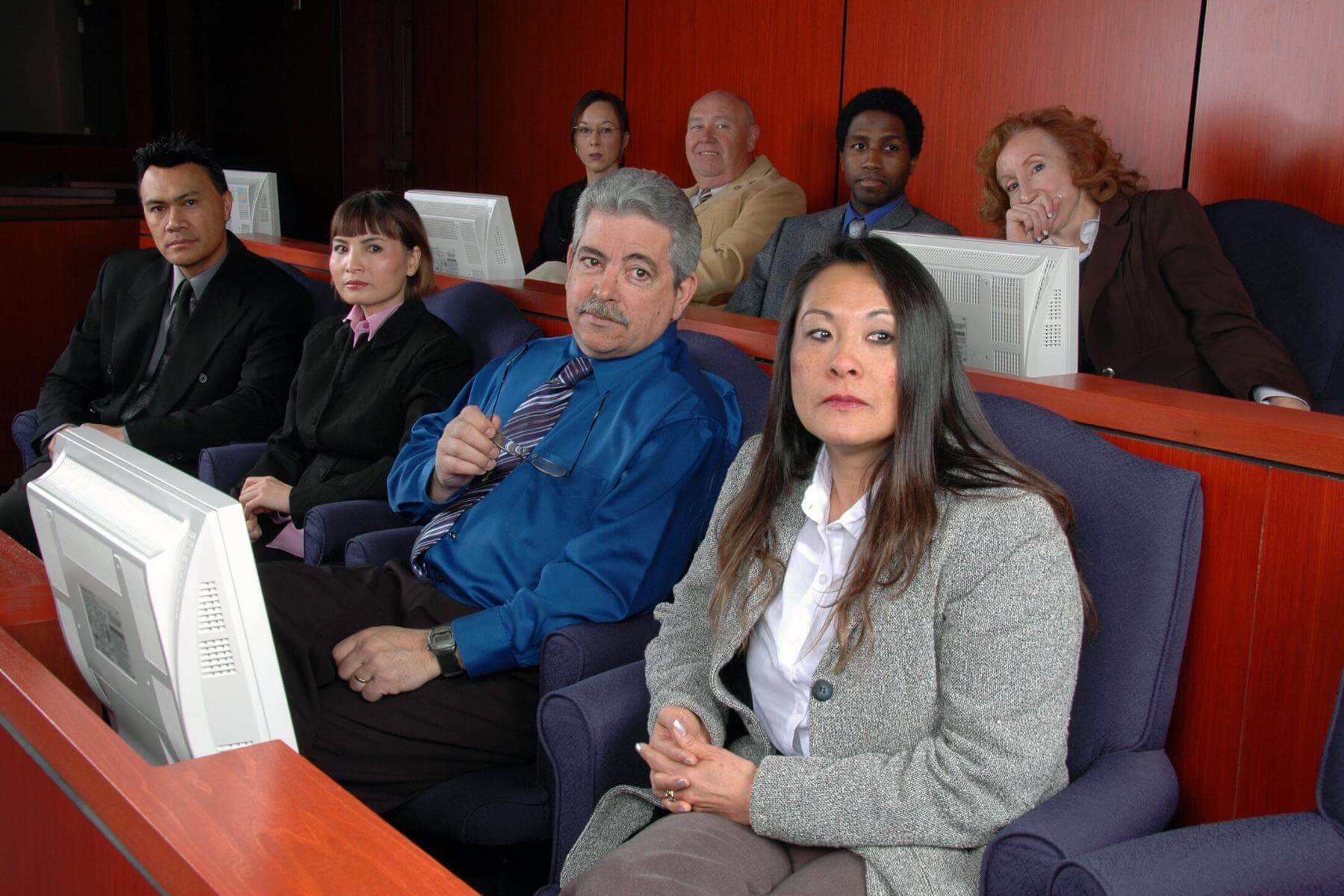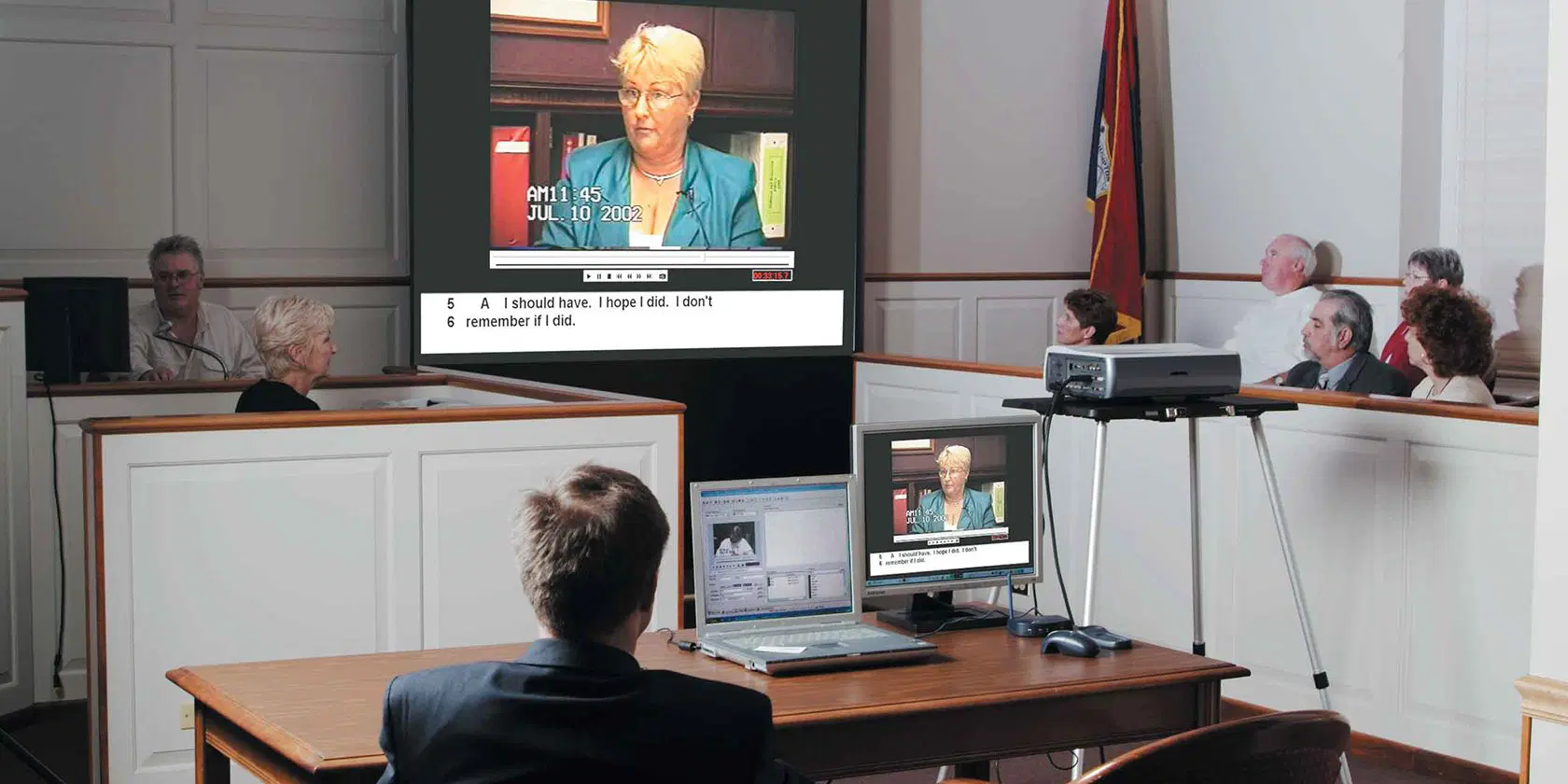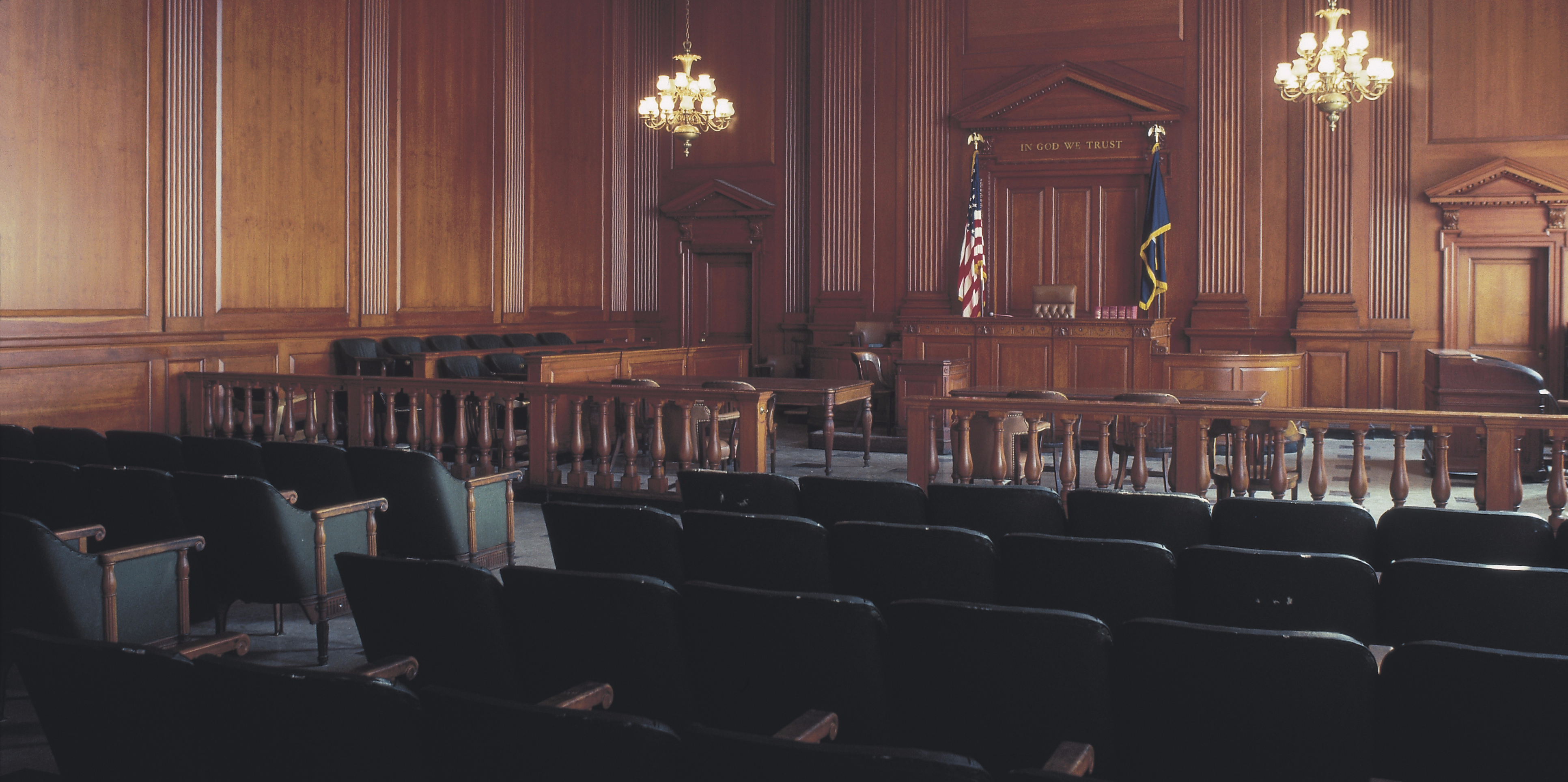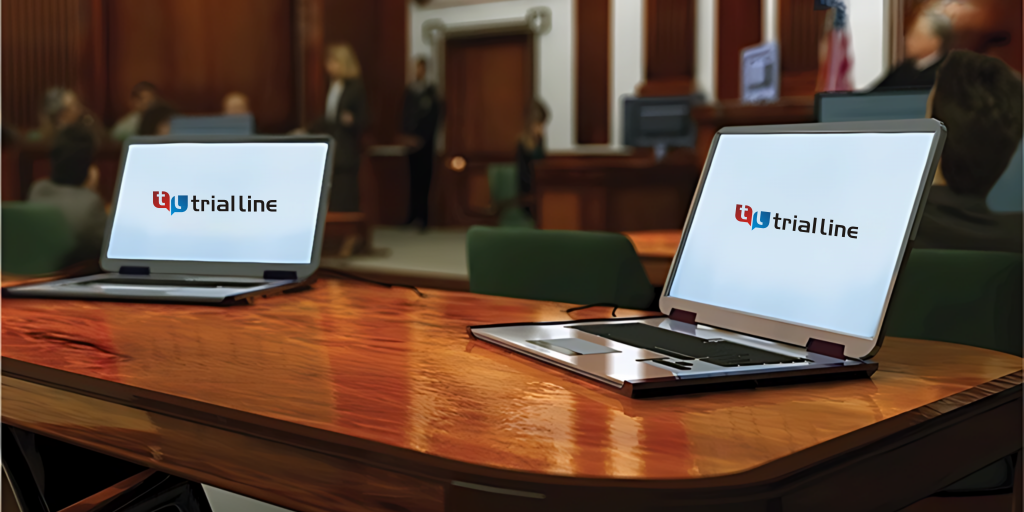Enhance your case with dynamic and well-structured trial presentations designed for impact.
Enhance your case with dynamic and well-structured trial presentations designed for impact.
Blog Article
Exactly How Trial Presentations Enhance Your Disagreement and Convince Jurors
Test presentations offer as a crucial system for enhancing lawful arguments and encouraging jurors. The calculated use of visuals not only clears up complex details however also records jurors' focus much more effectively than words alone.

Significance of Visual Help
Aesthetic aids play a critical duty in boosting the performance of test presentations, as they can substantially boost target market interaction and retention of info. In the context of a test, where jurors are charged with handling facility details, aesthetic aids serve to streamline and clear up vital factors. Charts, charts, and photos can convey information and ideas that might otherwise bewilder or confuse jurors, enabling an extra simple understanding of the evidence presented.
Additionally, visual aids assist in maintaining juror interest throughout the process. By breaking the uniformity of verbal statement, these tools can punctuate crucial debates, making them much more memorable. Reliable aesthetic aids can also evoke psychological reactions, which can be essential in persuading jurors to line up with the speaker's narrative.

Crafting Engaging Narratives
An engaging story is crucial in trial discussions, as it works as the backbone of reliable persuasion. It allows lawyers to weave together realities, evidence, and emotional components into a meaningful tale that resonates with jurors. This narrative structure makes it possible for jurors to understand the intricacies of the case while assisting them with the lawyer's argument.
To craft an engaging story, lawyers ought to focus on quality and coherence. This includes developing a clear protagonist-- commonly the client-- and describing their trip through the occasions concerned. Presenting the facts in a sensible series improves comprehension and maintains interaction. In addition, making use of vivid summaries can develop psychological photos that help jurors visualize the events, making the story more memorable.
Furthermore, integrating key themes throughout the discussion reinforces the core message and help in retention - trial presentations. The story must not only convey information yet additionally stimulate a sense of justice, highlighting the stakes entailed. Inevitably, a sound narrative fosters a connection in between the jurors and the instance, placing the lawyer's disagreement as both qualified and engaging, consequently enhancing the possibility of a positive decision

Engaging the Court Emotionally
Effective court interaction depends upon the lawyer's capability to get in touch with jurors on an emotional degree. This connection can significantly find more information impact jurors' perceptions and their best decision-making. Using sob stories allows lawyers to humanize the case, changing abstract legal principles into relatable experiences. By offering real-life tales or testimonies, attorneys can stimulate compassion and empathy, fostering a much deeper understanding of the issues at risk.
Aesthetic aids, such as pictures or videos, can even more boost emotional interaction, providing jurors with vibrant depictions of the case's human aspects. Crafting a story that highlights the battles and triumphs of the individuals included makes certain that jurors see beyond the lawful debates and identify the human consequences of their decisions.
A lawyer's enthusiastic distribution can reverberate with jurors, strengthening their emotional investment in the situation. It's vital to balance emotional appeals with valid evidence, guaranteeing that jurors really feel compelled to act while remaining based in the reality.
Structuring Your Presentation

The body of the presentation ought to be logically fractional into key factors, each supported by engaging proof. It is useful to use narration methods to weave realities right over at this website into a narrative that jurors can conveniently follow. Aesthetic aids, such as graphes and videos, can boost comprehension and engagement, aiding to highlight important pieces of proof.
Real-World Situation Researches
Examining real-world case research studies gives vital understandings into the art of trial presentations and persuasion. The defense group successfully used an approach that combined high-profile professional statements with multimedia discussions, which mesmerized jurors and inevitably affected their choice.
An additional notable example is the "McDonald's Coffee Case," where the plaintiff's attorneys used visuals photos of the injuries received by Stella Liebeck. trial presentations. This raw aesthetic proof played an essential function in communicating the intensity of her burns, causing a substantial court honor. Such situations demonstrate our website that impactful trial presentations commonly rest on the reliable assimilation of visuals and narration to stimulate psychological actions from jurors
Moreover, the "Casey Anthony Trial" highlighted the significance of narrative coherence and integrity. The prosecution's failing to establish a compelling timeline decreased their convincing power, underscoring the necessity of a well-structured discussion. Examining these situations reveals that successful test discussions need strategic preparation, emotional engagement, and the capacity to reverberate with jurors' values and beliefs.
Verdict
Test presentations considerably enhance debates and persuade jurors through the critical use visual help, compelling stories, and emotional engagement. By streamlining complicated details and cultivating links with the audience, these components produce a remarkable and impactful experience. A well-structured discussion balances sob stories with valid evidence, inevitably resonating with jurors' worths. The combination of these techniques not just influences decision-making yet also emphasizes the value of effective interaction in the courtroom.
Report this page